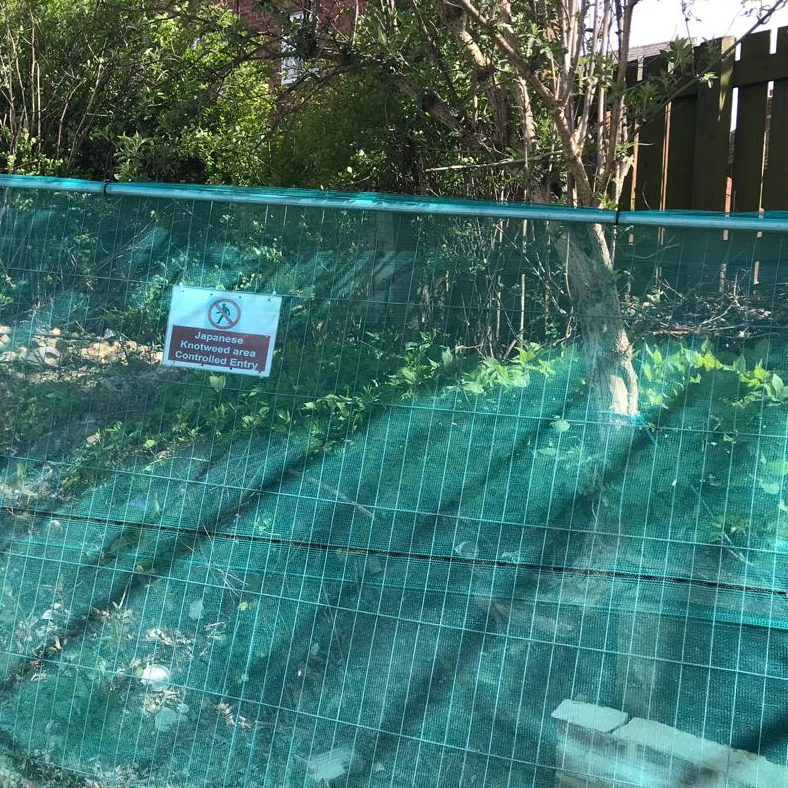
Our client asked us to inspect three new potential (semi-industrial) sites. Their location meant that there was a better than even chance we’d need to investigate the presence of hazardous material, such as asbestos or Japanese Knotweed.

Identifying Japanese Knotweed isn’t tricky or rare. However, finding a remedy is more complex. Japanese Knotweed is classified as controlled waste under the Environmental Protection Act 1990, which enforces strict rules for its disposal.

We organised an excavation of the Knotweed and subsequent treatment of the area, ensuring all the appropriate permits were in place. Extracting was not straightforward, requiring significant groundworks immediately adjacent to the source, excavating a 7m by 3m area. Secure disposal of the contaminated spoil was also organised to an appropriate landfill site.

Naturally, identifying the cost of remedial works during the initial survey was vital. High costs would mean abandoning the site. Recent research shows that eradication isn’t practical. It’s more a case of controlling, not killing. So, identifying issues early on meant that a costed schedule could be drawn up for regular, twice-yearly treatment to the surrounding boundaries.